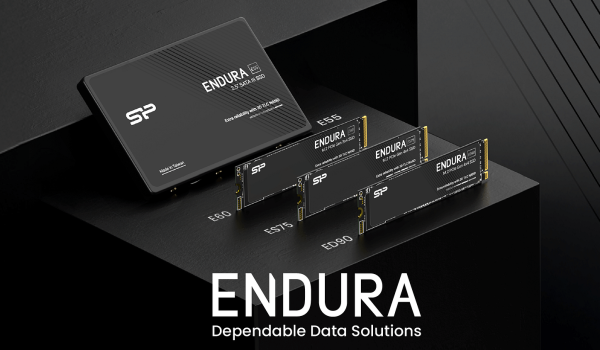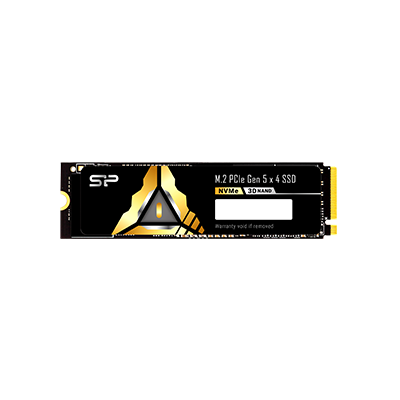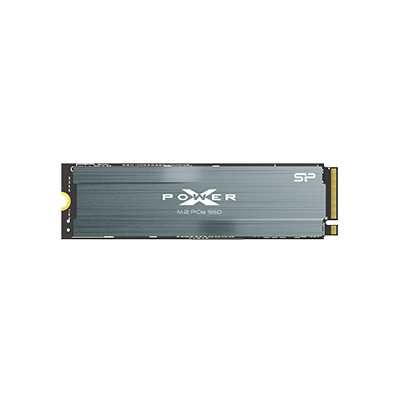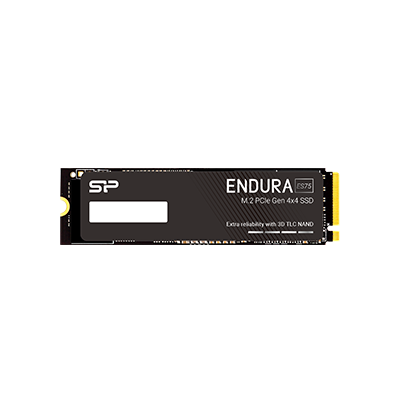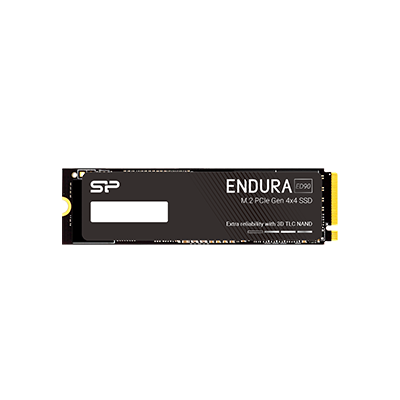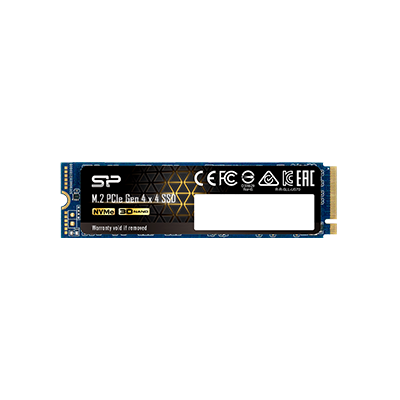Turn One SSD into Two and Save More with Smart Partitioning!
Product Line: SSDs
Application Scenario: SSD Partition
Did you know you don't always need to buy an extra drive for computer backups? If you already have an SSD, you can partition it to split it into two! Dedicate one section for backing up the operating system and the other for storing personal files like photos, videos, and documents. Not only does this save you money, but it also makes file management easier. Plus, separating your system and personal data reduces the risk of data loss. A single SSD gives you dual functionality, offering great flexibility and practicality!
Why Should You Partition an SSD? 3 Key Benefits of SSD Partition
SSD hard drive partitioning means dividing a single drive into multiple independent sections. Think of it like organizing your SSD into different "drawers" for various purposes, allowing you to store data according to your specific needs. The biggest advantage of SSD partitioning is more efficient use of storage space. Also, separating different files from the system itself can boost system stability and drive performance.
Here are the 3 practical benefits of hard drive partitioning:
1. Easier Data Backup Management
Through hard drive partitioning, you can easily back up data without needing to purchase a second SSD. For example, after partitioning your SSD into multiple sections, you can dedicate one section to backing up personal data. By combining this with backup software like Mac's Time Machine or Windows' File History for automatic backups, you can save money while making efficient use of your drive's capacity. Additionally, storing data in a distributed manner can reduce the overall risk of data loss if one section becomes corrupted, further safeguarding your data.
![]()
Mac’s built-in disk partition feature allows you to divide a hard drive into multiple volumes (Image source: Apple official website)
2. Effortless Dual-Boot Systems
SSD partitioning not only allows flexible allocation of storage space based on needs, but it's also incredibly useful for users who require multiple operating systems. For instance, most people commonly use Windows or macOS, but some engineers might also need to use a Linux system. With partitioning, you can install different operating systems in their respective sections. This not only allows you to run dual systems on one computer but also effectively prevents interference between them.
3. Partition + Encryption for Secure Sharing
In team collaborations, like student clubs that often share a common computer for administrative tasks or work files, hard drive partitioning can be used to divide an SSD into multiple independent sections, each assigned to a different member. Furthermore, each section can be independently encrypted. This ensures that even when everyone shares the same SSD, their respective data remains secure. It makes team file management more organized and prevents accidental deletion or unauthorized modifications, an excellent way to balance efficiency and data protection when sharing a computer.
If you find that your computer's SSD has a significant amount of unused space, consider using hard drive partitioning. This method allows for clearer data categorization, helps you create dedicated sections for each file type, and maximizes your hard drive's capacity, ensuring no space goes to waste!
• • •

__25G12ODR37.jpg)
__25G12rV6Tn.jpg)
__25G12IrtGh.jpg)

